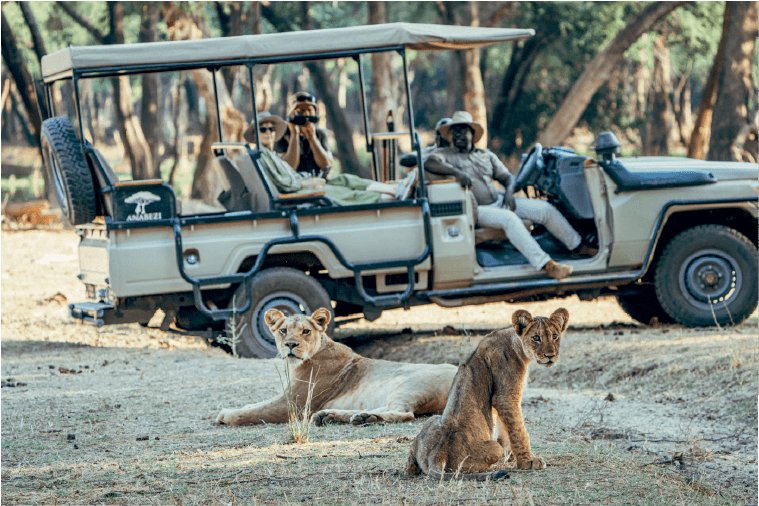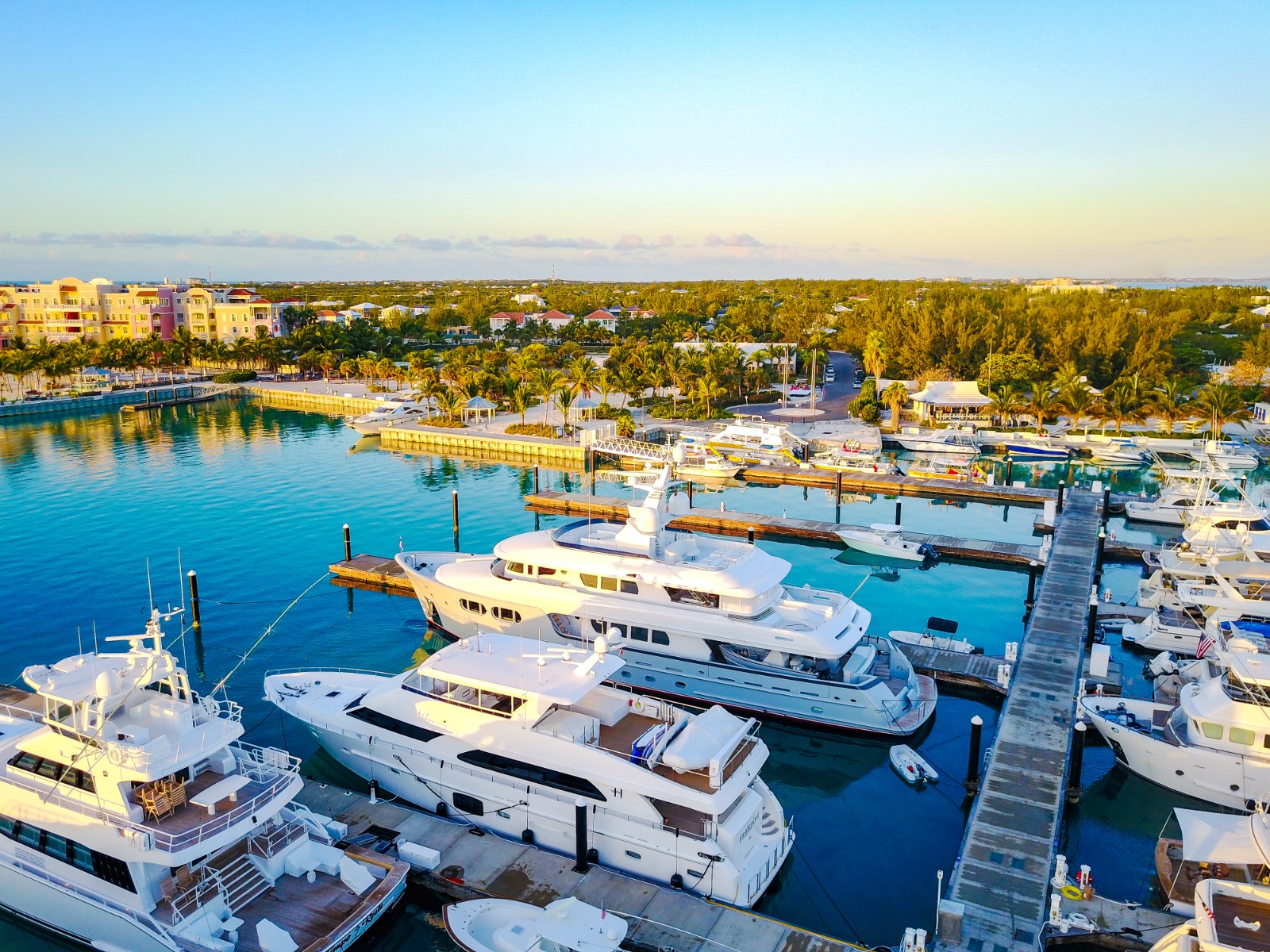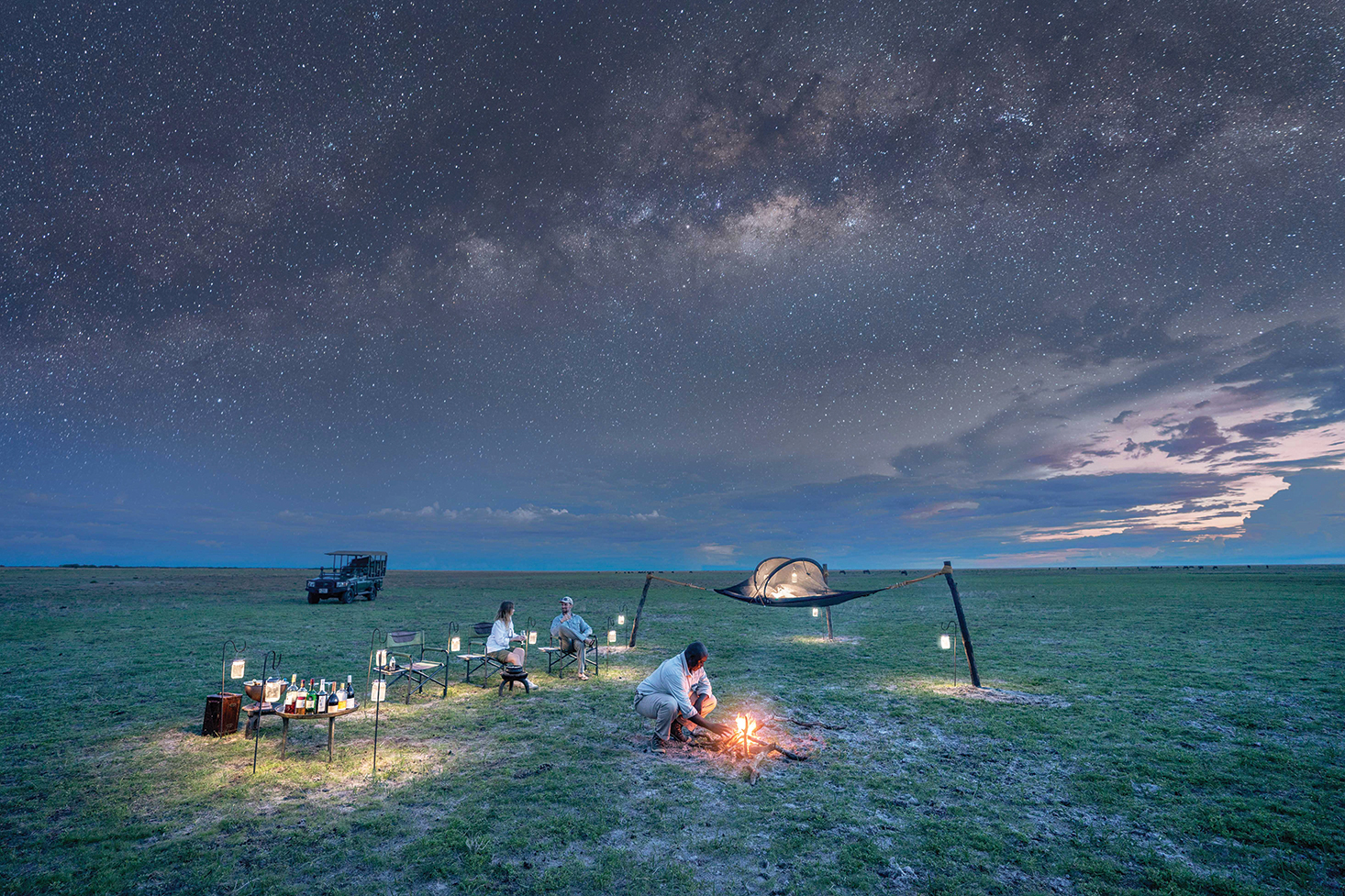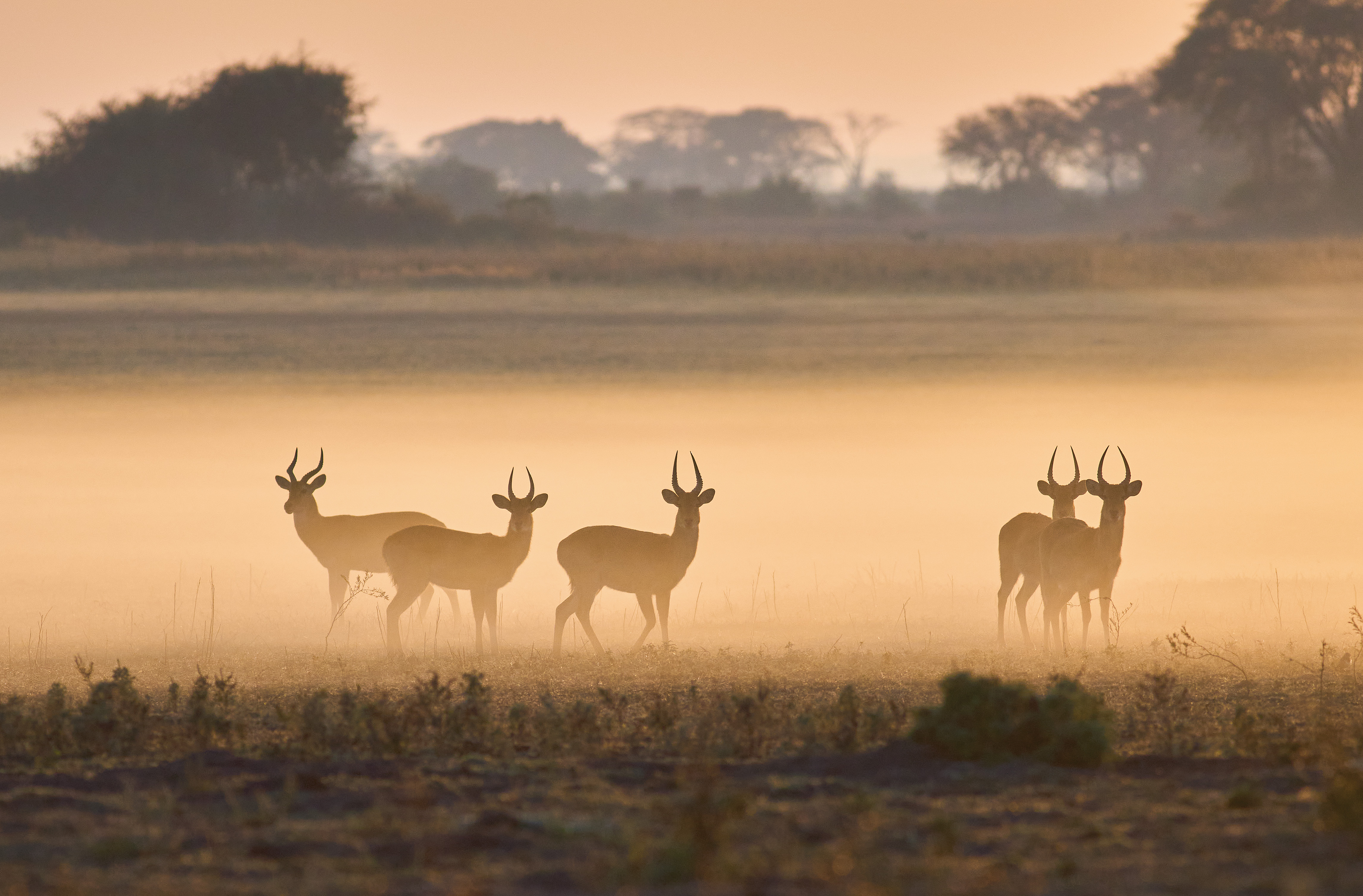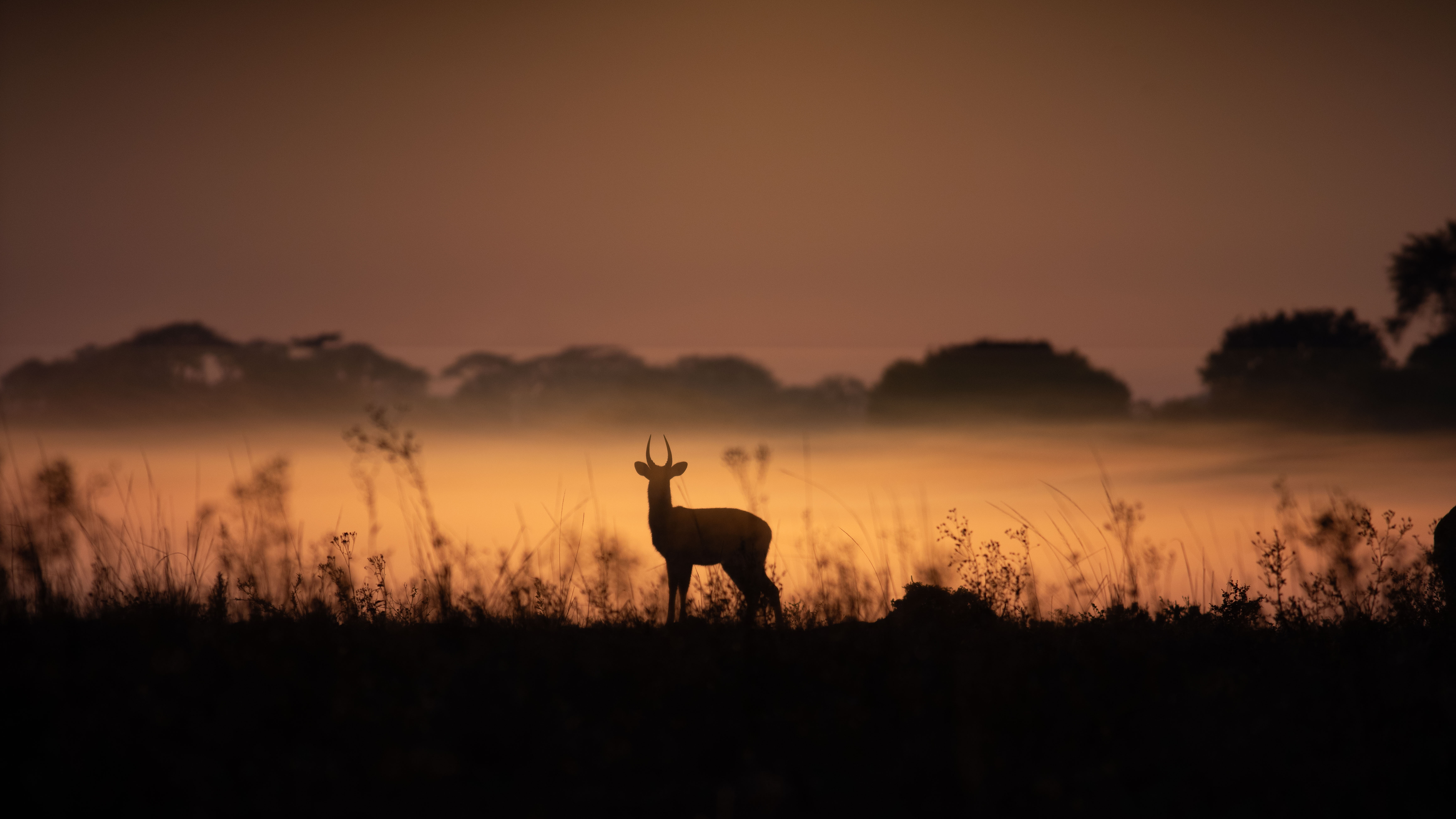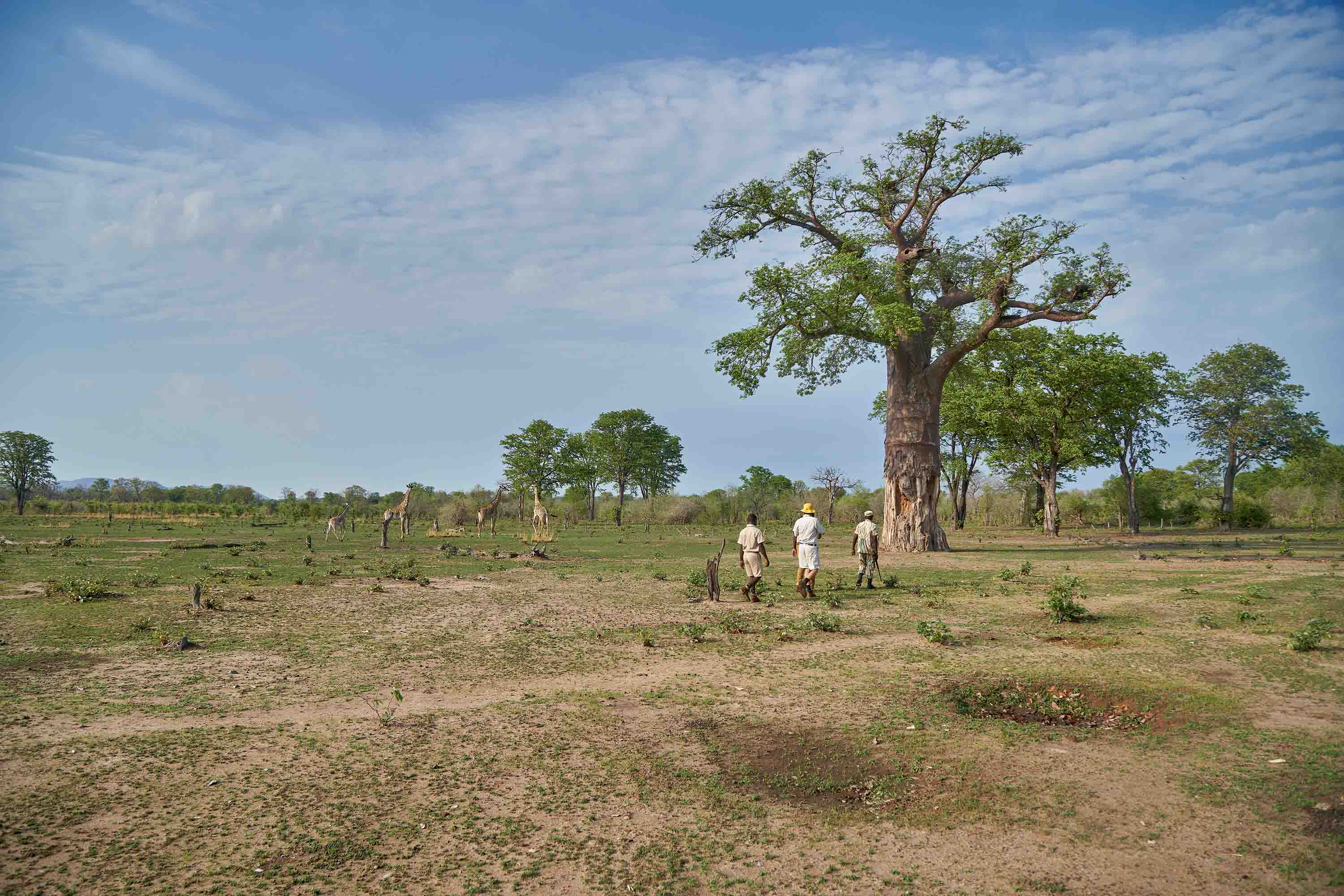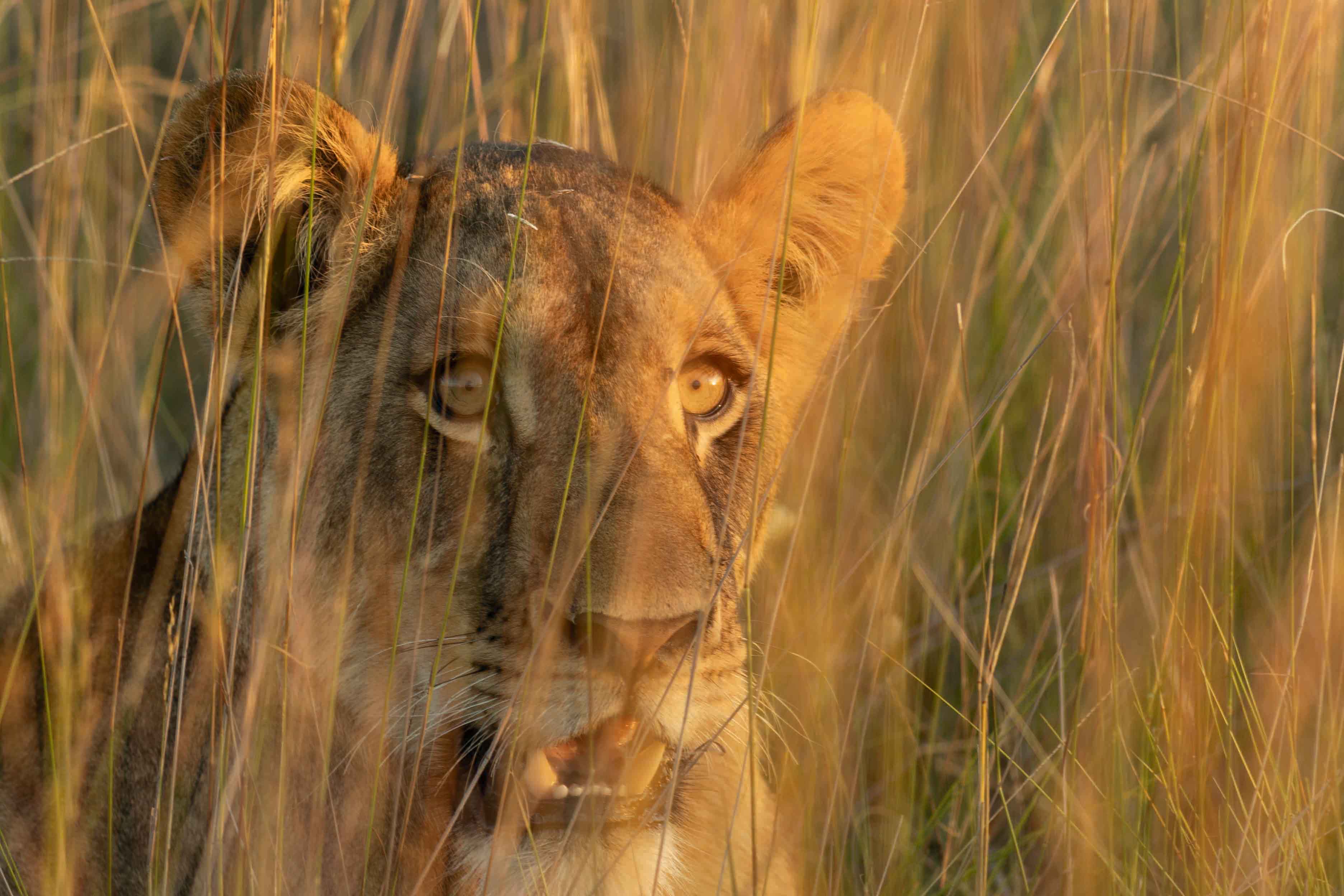This comprehensive guide begins with Zambia’s Lower Zambezi National Park, tracing its origins as a premier hunting ground and charting its evolution. It covers the best ways to explore the park, from canoeing and bird watching to game drives and luxury lodges, as well as eco-friendly campsites.
Amongst the many holiday destinations in Zambia, one stands out for its rich local and international history, scenic vistas, and abundant wildlife and greenery. Over the years, the Lower Zambezi National Park has evolved into a renowned and highly sought-after destination, offering visitors a truly immersive experience.
The History of Lower Zambezi National Park
The first people to settle in the area were the native Nsenga Bantu, who inhabited the land stretching from the confluence of the Zambezi and Musensenshi Rivers down to the Chingwe area. The Nsenga maintained control over this territory until colonial administration began in the 1920s.
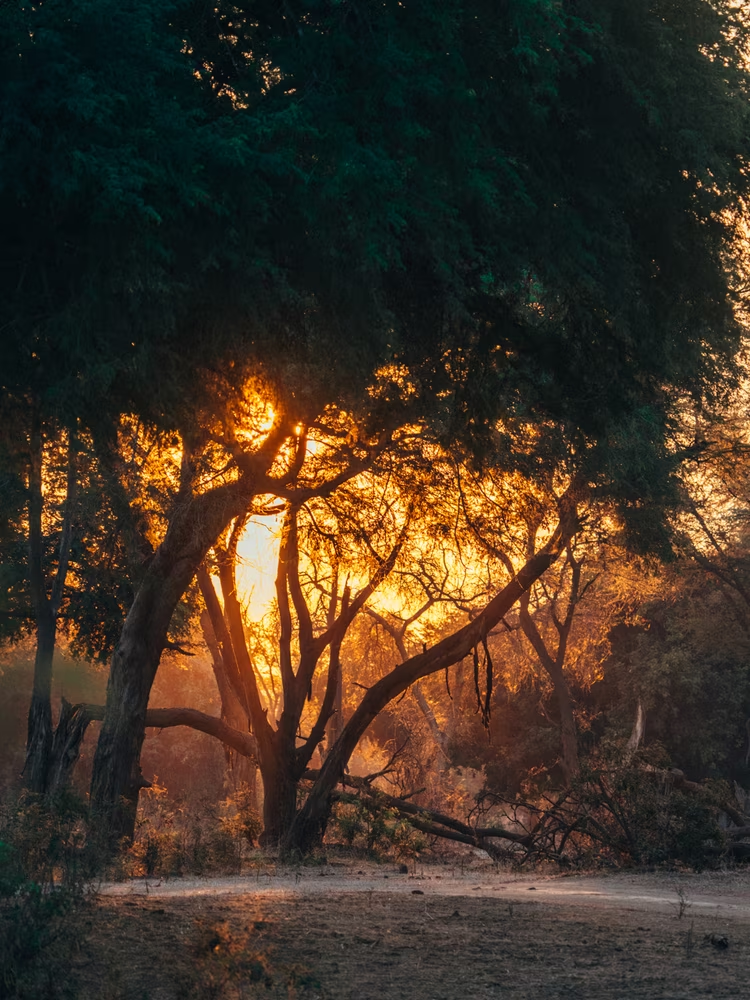
The park's boundaries were initially established to create a premier hunting ground. Hunting concessions were awarded to Zambia Safaris in 1969, and the land remained under this designation until 1971. In 1973, Wildlife Conservation International (WCI) was granted management rights to enhance research and infrastructure to elevate the area to international park status.
However, the plan encountered several challenges, including a lack of funding, which led to the original initiative collapsing in 1975. Political turmoil in Zimbabwe led to border conflicts, resulting in the park's complete closure until the late 1980s. A turning point came in 1990 when Malcolm Freed was tasked with opening a lodge in preparation for a visit by then-President Dr Kenneth Kaunda. Tourism development plans began to materialise, and in 1995, the Zambian government pledged its support. On 1st November 2001, the Lower Zambezi National Park Management Plan was officially signed, heralding a new chapter for this promising location.
Conservation Efforts in Lower Zambezi National Park
Today, Lower Zambezi is a hub of conservation and environmental stewardship—vastly different from its origins as a hunting reserve. As part of a vital transboundary ecosystem spanning Zambia, Zimbabwe, and Mozambique and home to numerous endangered and vulnerable species, such as the hippo and lion, the park has long faced threats from poaching and the illegal wildlife trade.

In response, Conservation Lower Zambezi (CLZ) —a non-profit, non-governmental organisation—was established in 1994. Having built a strong relationship with local communities, CLZ is now one of Zambia's most respected conservation bodies. Their mission encompasses various efforts, including mitigating human-wildlife conflict, providing environmental education, and supporting the Department of National Parks and Wildlife with training, equipment, and expertise.
How to Get There
Despite its remote location, the park is relatively accessible by both air and road.
By Air: Flights to Lower Zambezi typically take 45 to 60 minutes, landing at either Jeki or Royal airstrips, both of which are close to many accommodation options. (Currently, all flights are operated by Proflight Zambia.)
By Road: A road trip from Lusaka towards the Southern Province can take between 6 and 9 hours. A 4x4 vehicle is strongly recommended for navigating the park's rough terrain.
Best Time to Visit Lower Zambezi National Park
The best time to visit depends on the activities you plan to enjoy:
- Wildlife Viewing: June to October.
- Water Activities and Fishing: September to October.
- Birdwatching: November to April.
- Victoria Falls Extension: April to August.
Most lodges operate seasonally, opening in mid-May and closing when the rainy season begins in mid-November. However, several year-round options are available across the Chongwe River. Note that October to November is the hot season, with temperatures reaching up to 40°C—be sure to plan accordingly.
Where to Stay in Lower Zambezi National Park
There are numerous accommodation options available within the park, ranging from more private stays to luxurious lodges. Whatever your travel style, there is something to suit every kind of visitor.
Chula Island Camp
If you're seeking a more relaxed getaway, you might find yourself drawn to watching the sunset over the horizon as birds serenade you with a song of tranquillity. Spend peaceful nights in spacious, luxurious tents, then wake to the gentle call of nature and enjoy an early morning safari walk, the cool air brushing your cheeks. In the afternoon, take a slow canoe ride and watch elephants up close in their natural habitat.
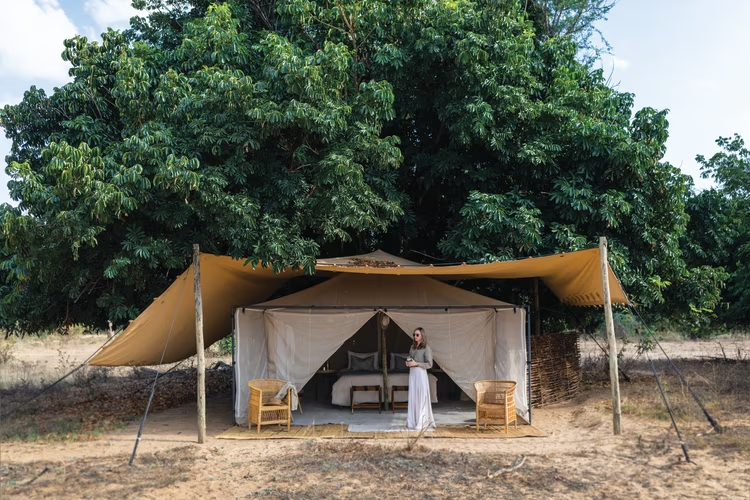
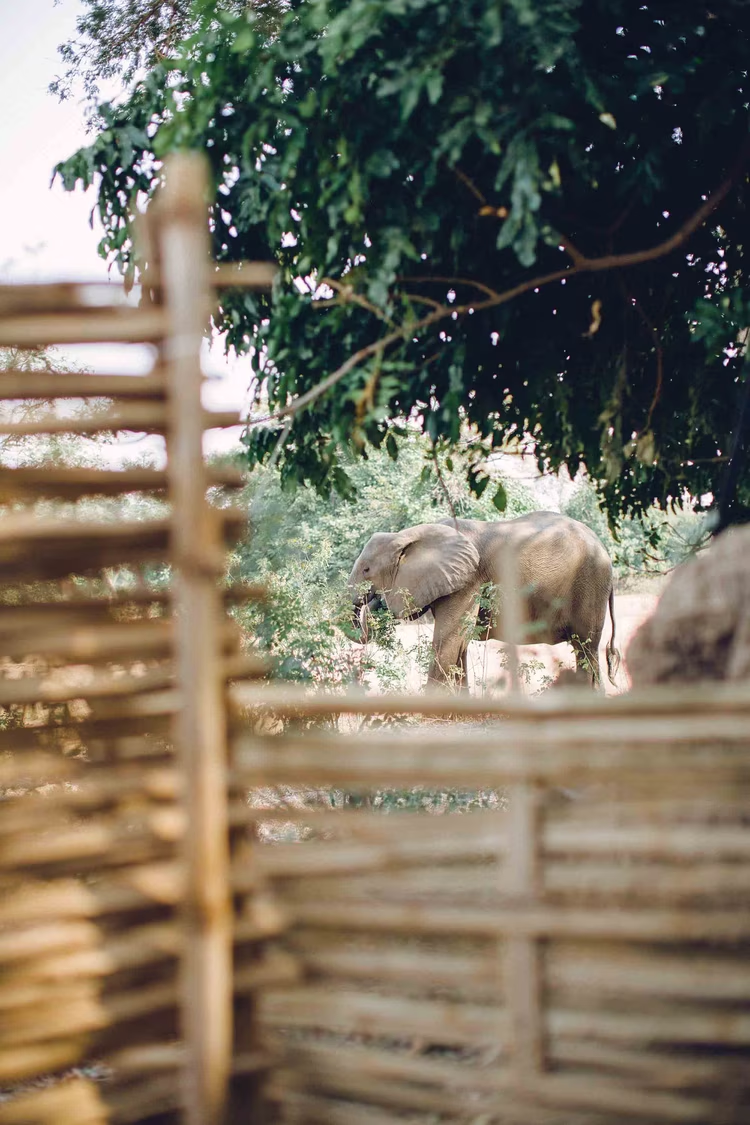
Chula Island Camp is ideal for those seeking a more intimate experience, with just five guest tents and a maximum capacity of ten guests at any given time.
Sausage Tree Camp
The bonfire crackles in front of you as stars scatter across the night sky. You've just indulged in a luxuriously scented bath after an afternoon of tiger fishing. At the live cooking station, chefs prepare your dinner—grilled bush meat and the fresh fish you caught earlier. Even in the heart of the untamed bush, you are surrounded by comfort and elegance.


A lap of luxury in the most unexpected of places and voted number one on the BBC programme Top Luxury Destinations, Sausage Tree camp offers a truly immersive safari experience. With seven luxury tented suites and one family house, it's the perfect choice for an extravagant escape.
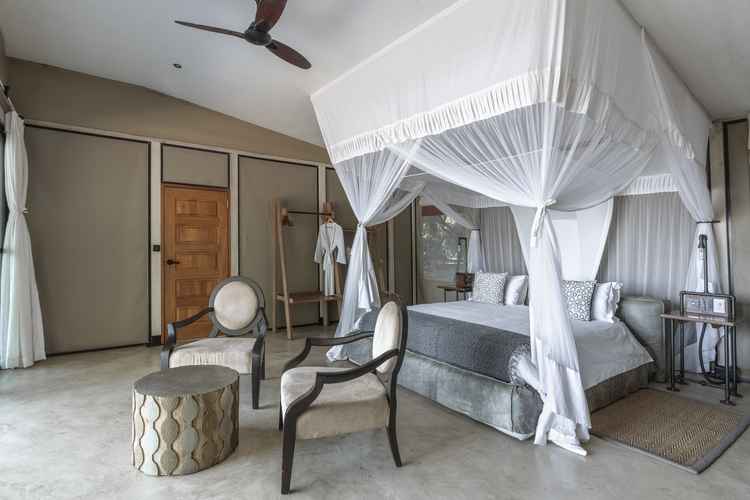
Anabezi Camp
You rise early to watch the morning sunlight stream through the dense greenery that surrounds you. Tucked away in a quiet corner of the park, with the vast river stretching out before you, the setting offers endless opportunities to capture breathtaking photographs. Just yesterday, you watched an impala grazing no more than six feet away. Immersed in this bed of nature, you can't help but feel completely mesmerised.

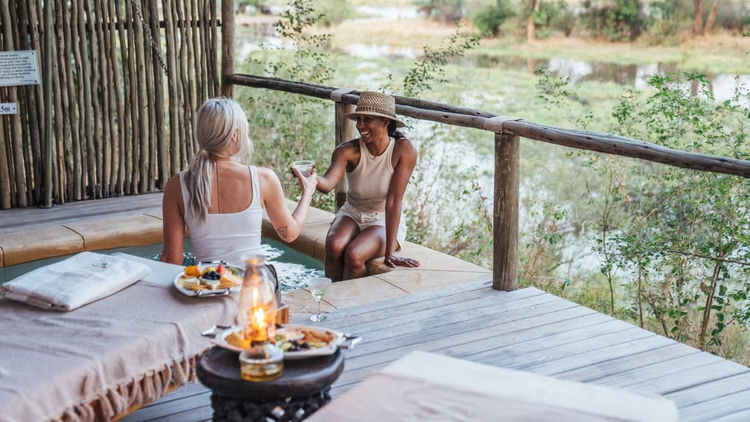
An oasis of secluded luxury Anabezi Camp lies deep within the Lower Zambezi National Park, nestled among the Winterthorn forest. Renowned for its stunning views and refined elegance, it is a destination that blends natural beauty with sophisticated comfort. With 12 tented suites and two main lounge areas, Anabezi delivers an authentic African atmosphere with a modern, luxurious touch.
What to Do in Lower Zambezi National Park
There is a vast array of activities for guests to enjoy during their stay in the Lower Zambezi. You may already have an idea of what some of these experiences might be. Nestled in the heart of the valley, the park offers unparalleled access to adventures, and aside from the weather, there's almost nothing stopping you from trying them all.
● Game Drives: Hold your breath as you pass herds of elephants, feel the wind rush across your face as you watch pacing buffalo, and gasp in awe as the head of a hippo emerges from beneath the riverbank.
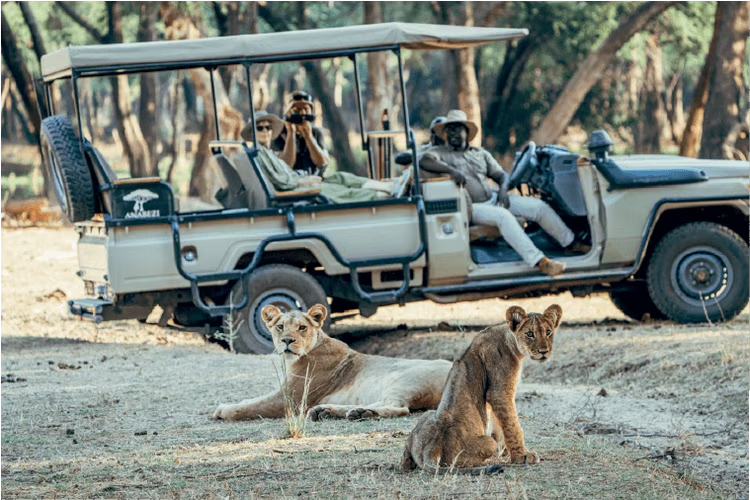
● Birdwatching: A haven for bird enthusiasts—behold majestic kingfishers soaring overhead before diving for unsuspecting prey, watch the seasonal migrations, and marvel at the vibrant colours hidden among the trees.
● River Trips: Whether you're canoeing, rafting, or enjoying a leisurely sunset cruise, experience the landscape from the top of the mighty Zambezi. Whether you're chasing the thrill of white water or seeking a serene afternoon watching wildlife up close, there's no shortage of unique encounters awaiting you on the water.
● Fishing Trips: A test of both skill and patience, take on the challenge of catching the renowned tiger fish of the Zambezi River. Guides tell stories of guests reeling in specimens up to 9kg—you've seen the photos of fish as long as a person's torso. Now it's your turn to brave the depths and land a catch big enough to feed you for days.

● Safari Walks: Whether you're after a short stroll to spot birds or a longer trek in search of larger wildlife, safari walks immerse you in the details of the bush. Step across enormous elephant tracks, follow the twisting trails of lions and rest beneath ancient baobab trees as birds hum quietly above.
In the Lower Zambezi National Park, a world of new delights, excitement, and relaxation, the remote valley of the Zambezi River offers a profound experience of nature unlike anything you've had before. Whether you aim to travel solo, have a romantic getaway, or embark on a big group adventure, this location makes every experience worthwhile.
Encounter the genuine pride of Zambia and embark on an unforgettable journey that will lead you to sights you've never dreamed of, wildlife encounters you've only ever wished for, and a newly formed bond with nature you never knew you wanted.
